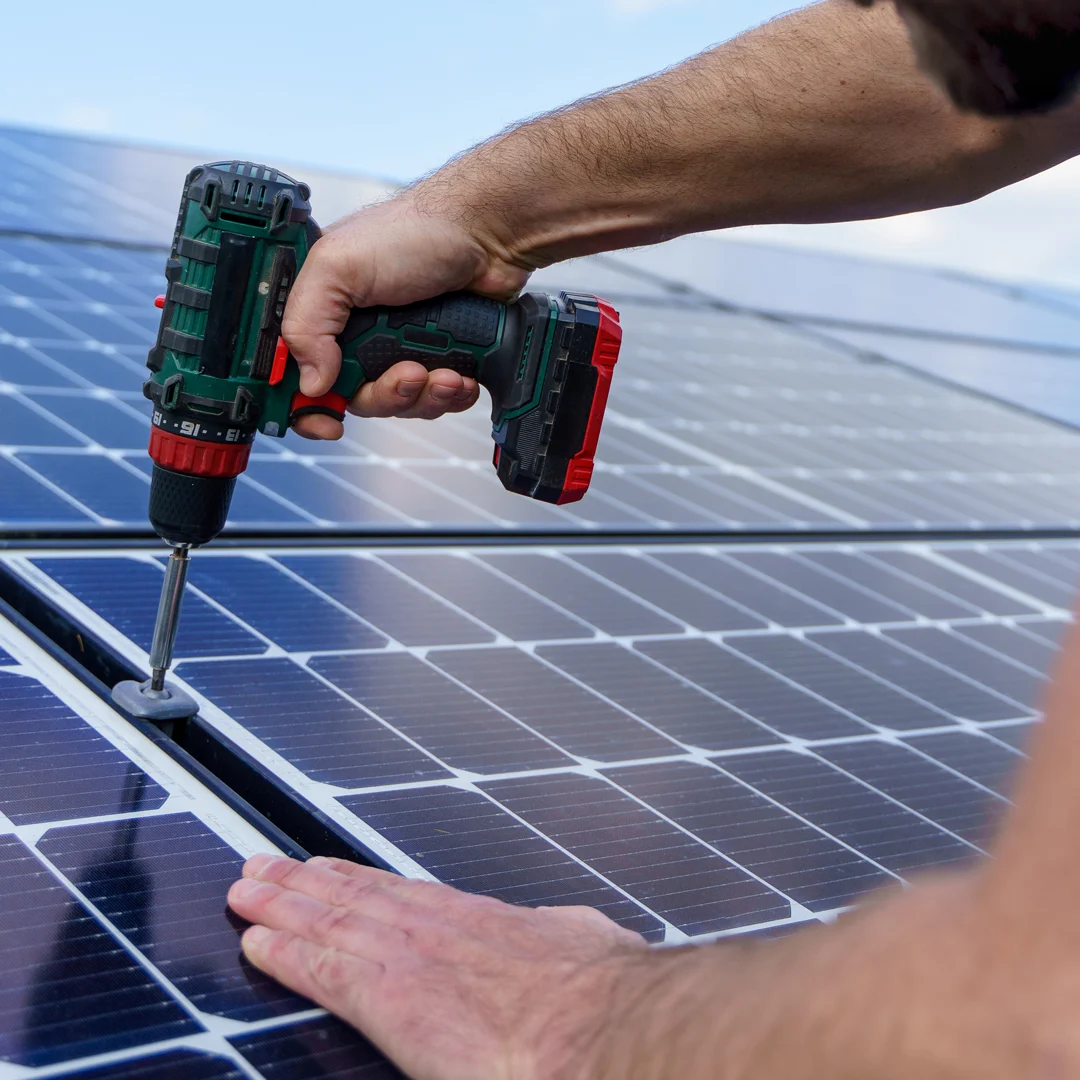
Your solar panels work hard every day to power your home — but even the most efficient systems can lose performance over time without proper care.
In Texas, dust, heat, and seasonal weather changes can all affect how much energy your panels produce. By taking a few proactive steps, you can maximize your solar panel efficiency and keep your system performing at its best all year long.
Here’s how.
1. Keep Your Panels Clean
Dust, pollen, and bird droppings can block sunlight and reduce production by as much as 20%. Texas homeowners are especially prone to buildup from wind and dry conditions.
Schedule professional solar cleaning at least twice a year — and more often if you live near construction or open fields. Clean panels capture more sunlight, delivering immediate performance improvement.
2. Schedule Annual Maintenance Checks
A yearly solar maintenance service ensures your system stays in peak condition. Licensed technicians inspect wiring, mounts, and inverters to prevent small issues from turning into costly repairs.
Maintenance visits often include diagnostics, cleaning, and system calibration — all of which improve efficiency and longevity.
3. Monitor System Performance Regularly
Your monitoring app isn’t just a tool — it’s your best performance tracker. Check it often to compare daily and monthly energy production.
If you notice sudden drops or irregular data, it could be a sign of dirty panels, wiring issues, or inverter faults. Early detection keeps your system running strong.
4. Trim Trees and Clear Shade
Even small patches of shade can drastically reduce output, especially on interconnected panels. Trim nearby trees and remove branches that block sunlight throughout the day.
Keeping panels fully exposed ensures every cell operates efficiently.
5. Check Your Inverter Status Lights
The inverter is the “heart” of your solar system — if it’s not working, your panels can’t produce power.
Check your inverter periodically for any warning lights or error messages. A green light means everything’s good; red or orange usually signals an issue that needs professional attention.
6. Ensure Proper Ventilation
Solar panels naturally heat up under the Texas sun. If there’s not enough airflow between the panels and the roof, excess heat can reduce efficiency.
During inspections, technicians make sure your panels have the right clearance for cooling and optimal energy conversion.
7. Protect Panels from Storm Debris
High winds and hail can cause damage that isn’t always visible. After major storms, schedule a post-storm inspection to check for cracks, loosened mounts, or hidden electrical issues.
Addressing damage early keeps your panels safe and productive.
8. Clean and Calibrate Monitoring Sensors
Monitoring sensors track energy output, but dirt or misalignment can lead to false readings. Technicians can recalibrate these sensors during maintenance to ensure accurate performance tracking.
9. Check for Corrosion or Loose Wiring
Over time, weather exposure can corrode metal components or loosen electrical connections. A licensed electrician will test voltage levels and tighten or replace wiring to maintain system reliability.
10. Partner with a Licensed Solar Professional
DIY fixes might sound tempting, but solar systems involve complex electrical components. Licensed electricians follow Texas electrical codes and ensure every inspection, repair, or cleaning is done safely and correctly.














